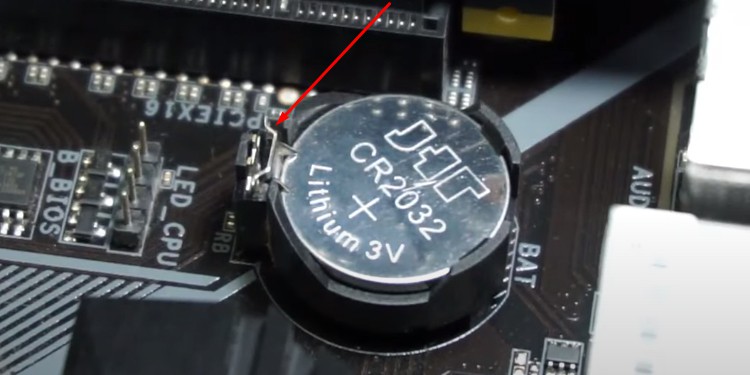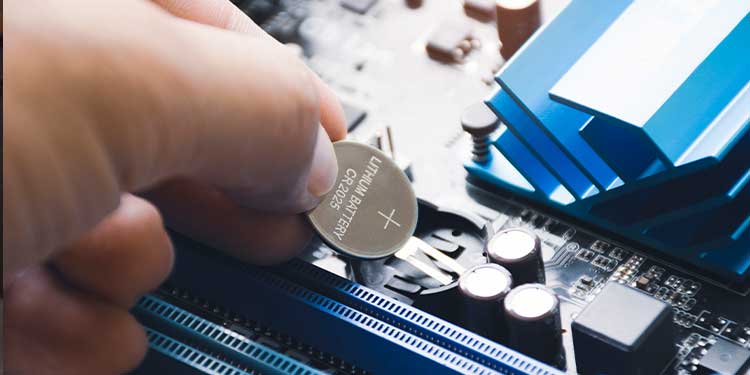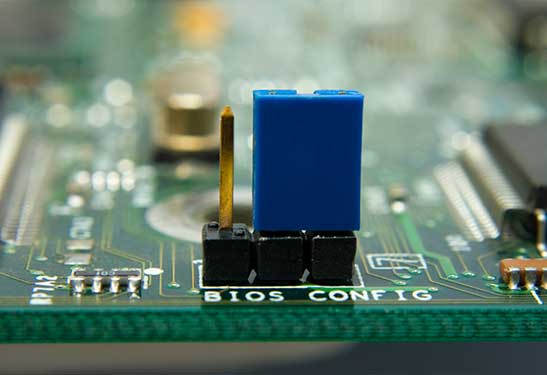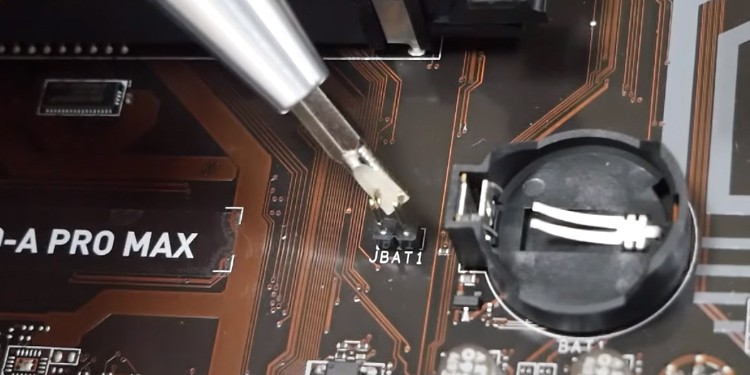Resetting BIOS is a daunting task as it not only boots up at the very earliest stage of the system bootup process but also stays up and running after that. Even after loading the OS onto the RAM, BIOS stays active in the background acting as the gateway between generic hardware and Operating System.
When Should We Reset BIOS
In case of any hardware problems or a physical error (e.g: a fan is spinning at an unusual speed, processor’s bus speed has been tampered with), BIOS reset is to be performed. Here are a few other reasons we may need to reset BIOS
Revert Overclocking settings: You can change your BIOS settings to give your system a performance boost. For instance, using the BIOS to overclock RAM and the CPU. However, changing the BIOS settings can be risky as the computer may not boot up if we apply the wrong settings. Resetting the BIOS will revert all its settings to default. To reset BIOS password: Another scenario where BIOS reset is required is when the user forgets supervisor password of the BIOS.System does not detect certain hardware: If the system does not detect any internal hardware component (such as the TPM chip), you can perform a BIOS rest.
How to Reset BIOS?
You can reset the BIOS in three different ways.
Reset from BIOS Menu
If your system turns on and you have access to the BIOS, you can simply use the BIOS itself to restore default settings. However, if the computer does not start or shuts down after a certain period of time, this solution will be unreliable. We recommend you switch to Reset using the CMOS solution. To reset from the BIOS menu, follow these steps, Once the computer restarts, all the BIOS settings will have reset.
Reset using the CMOS
The CMOS (Complementary metal-oxide-semiconductor) is a battery-like device that supplies a small amount of power to the chip that stores the BIOS setting. To reset the BIOS, you will need to remove the CMOS from the motherboard.
Access the Motherboard
Before we start, follow these steps to access the motherboard.
Locate CMOS Battery
Once you open the side panel, you will see the CMOS battery near the DIMM, the memory socket, or the PCIe slots. The CMOS is a circular battery. Visually scan your motherboard for any circular object. It is most likely the CMOS battery. If there is some issue regarding the location of the CMOS battery, we can always refer to the motherboards user manual. Depending on the motherboard, there will be writing that says “CMOS” under the CMOS battery itself.
Remove CMOS Battery
Once we locate the CMOS battery, follow these steps to remove the CMOS battery. Some motherboards may have CMOS attached to them that we cannot detach. If so, we can reset the BIOS using the jumper.
Reset Using the Jumper
As discussed above, some motherboards have a non-removable CMOS battery. If we cannot remove the CMOS, a pin named the jumper in the motherboard will reset the BIOS settings. Before we start, follow these processes to access the motherboard
Locate the CMOS Jumper
Once we have access to the motherboard, follow these steps to locate the jumper. Now search the motherboard for any sign that says CLR, CLEAR CMOS, CLEAR, CLRCMOS1, JBAT1. This indication will depend on the motherboard manufacturer, so their respective user manual is going to be a great help in locating the jumper switch. Again, depending on the motherboard, there are two types of jumper switches; a 2pin jumper switch and a 3-pin jumper switch.
Reset CMOS with 2-Pin Jumper
Resetting the BIOS using the 2-pin jumper is fairly simple; we just need to short these two pins. Follow these steps to reset the 2-pin jumper.
Reset CMOS with 3-Pin Jumper
Now, if the motherboard has three pins, let’s name them Pin 1, Pin 2, and Pin 3; by default pins 2 and 3 will be connected by a plastic connector, this is the jumper. Please follow these steps to perform a BIOS Reset.s However, if we do not revert the jumper to its previous position, i.e., pin 2 and 3, the BIOS will reset every time we turn on the PC. Therefore, we need to move the jumper back to its previous position,i.e, pin 2 and 3.
Physical Reset Switch
The latest motherboard models will most likely have physical switches or buttons that can reset your CMOS battery or BIOS settings. We can find these switches on the motherboard or the CPU case itself. If your motherboard or PC case has this switch, press it for five to ten seconds to reset them. However, these buttons are unavailable for mid-range motherboards, so the first three solutions will work for all if not most PCs.






